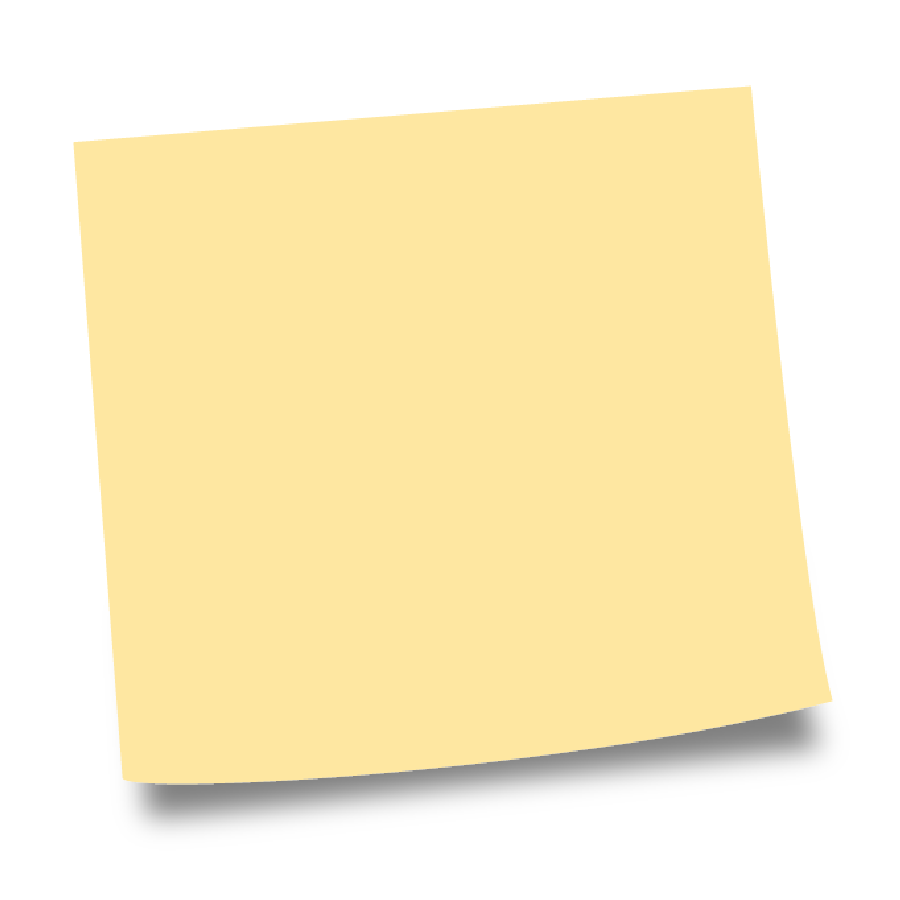Free Projects
—

Erik Freydank
Breitscheidplatz

Frederic Brodbeck
0..1

En Kitani
*WAAW

Ying Chen
Absconding

Lorenz Raab
Analoge Brücke

Akitoshi Honda
Artificial Appetizer

Elisa Storelli
Assemblaggio N1

Julius Fuehrer
A Thousand Seeds or the Right to Becoming

Merani Schilcher
autoantibody.3 – Destruction of Self

Frederic Gmeiner
Bericht über R.

Alexander Hahn
Bioinformatics: Nature’s superiority over binary computing

Susa Schmid
Blickskulpturen / Gaze Sculptures

Bruno Gola
Bruto

Ying Chen
Bubbles

Tim Horntrich
Clock Choc

Hsiao Li-Chi
Coffee And Kitty

David Reitenbach
convincing ideas

Jens Wunderling
default to public

Constantin Engelmann
Der Kopist

Valerian Blos
Design as Restriction / Restriction as Design

Özcan Ertek
Devil's Rope: On a Journey of No Return

Sven Gutjahr
Diaries of Alvin Fredriksøn

Tim Horntrich
DropingNews

Robin Woern
Ephememorion

Orlando Helfer Rabaça
Footprint²¹³

Julian Netzer
GOTCHA

Erik Anton Reinhardt
Graphic Design

Stephan Sunder-Plassmann
Hacking Memorials

Martin Kim Luge
Hear the grass growing

Christopher Hoehn
How It Was(n't)

Tim Horntrich
ICSY TK 5000

Julius von Bismarck
Image Fulgurator

Willy Sengewald
Jammer Horn

Florentin Aisslinger
Living with Matter

Monika Hoinkis
Living with Things

Sebastian Wolf
lovesmenot

Andreas Schmelas
Machines At Work

Merani Schilcher
Make Me A Weapon – Destruction of Context

Julia Rosenstock
Meadow of carnivore plants

Frederic Gmeiner
Memory Shapes

Merani Schilcher
Mephista – Destruction of Other

Ying Chen
My queer body, my ownership

Piet Schmidt
möve

Fang Tsai
Nahweh: the Unreachable

Nicenboim Iohanna
Objects of Research

Bill Hartenstein
Palio

Vinzenz Aubry
pendel 1

Hye Joo Jun
Phantom Limb

Markus Kison
Pulse

Kilian Kottmeier
Resource forecast

Felix Worseck
Subordination/Unterordnung

Frederic Brodbeck
Synthetic Flurry

Stephan Sunder-Plassmann
Tagebilder

Stephan Sunder-Plassmann
The Beauty of Oppositions

Andreas Schmelas
The Space Beyond Me

Julius von Bismarck
The Space Beyond Me

Andreas Schmelas
The Visible Invisible

Paul Kolling
thing <ser. no.>

Elisa Storelli
This machine will not switch herself off

David Löhr
Titan

Niklas Söder
Unstable Trajectories

Tilman Richter
Wall of Distribution

Tilman Richter
Wall of Support

Tilman Richter
Wall of Tendencies

Andi Rueckel
木

Andi Rueckel
木 木

Andi Rueckel
木 木 木
Julius von Bismarck — Image Fulgurator
Free Projects
The Image Fulgurator is a device for physically manipulating photographs. It intervenes when a photo is being taken, without the photographer being able to detect anything. The manipulation is only visible on the photo afterwards.
In principle, the Fulgurator can be used anywhere where there is another camera nearby that is being used with a flash. It operates via a kind of reactive flash projection that enables an image to be projected on an object exactly at the moment when someone else is photographing it. The intervention is unobtrusive because it takes only a few milliseconds. Every photo another photographer takes of an object at which the Fulgurator is also aimed is affected by the manipulation. Hence visual information can be smuggled unnoticed into the images of others.
Technically, the Image Fulgurator works like a classical camera, though in reverse. In a normal camera, the light reflected from an object is projected via the lens onto the film. In the Image Fulgurator, this process is exactly the opposite: instead of an unexposed film, an exposed and developed roll of slide film is loaded into the camera and behind it, a flash. When the flash goes off, the image is projected from the film via the lens onto the object.
Due to the similarity of the two processes, the Fulgurator looks like a conventional reflex camera. As soon as the built-in sensor registers a flash somewhere nearby, the flash projection is triggered. Hence the projection can be synchronized to the exact moment of exposure of all other cameras in its immediate vicinity. Via a screen (ground glass), it is possible to focus the projection and to position it on the targeted object.
People’s great trust in their photographic reproductions of reality was what motivated me to develop the Image Fulgurator. A camera can be used as a personal memory tool, since people do not doubt the veracity of their own photographs. Hence, photos can reproduce the reality of an individual environment or public space. At sacred or popular locations, or those having a political connotation, an intervention with the Fulgurator can be particularly effective. Especially objects with a special aura or great symbolic power are good targets for this kind of manipulation. In other words, with the Fulgurator it is possible to have a lasting effect on those kinds of individual moments and events that become accessible to the masses only because they are preserved photographically.
In this context the Fulgurator represents a manipulation of visual reality and so targets the very fabric of media memory.





